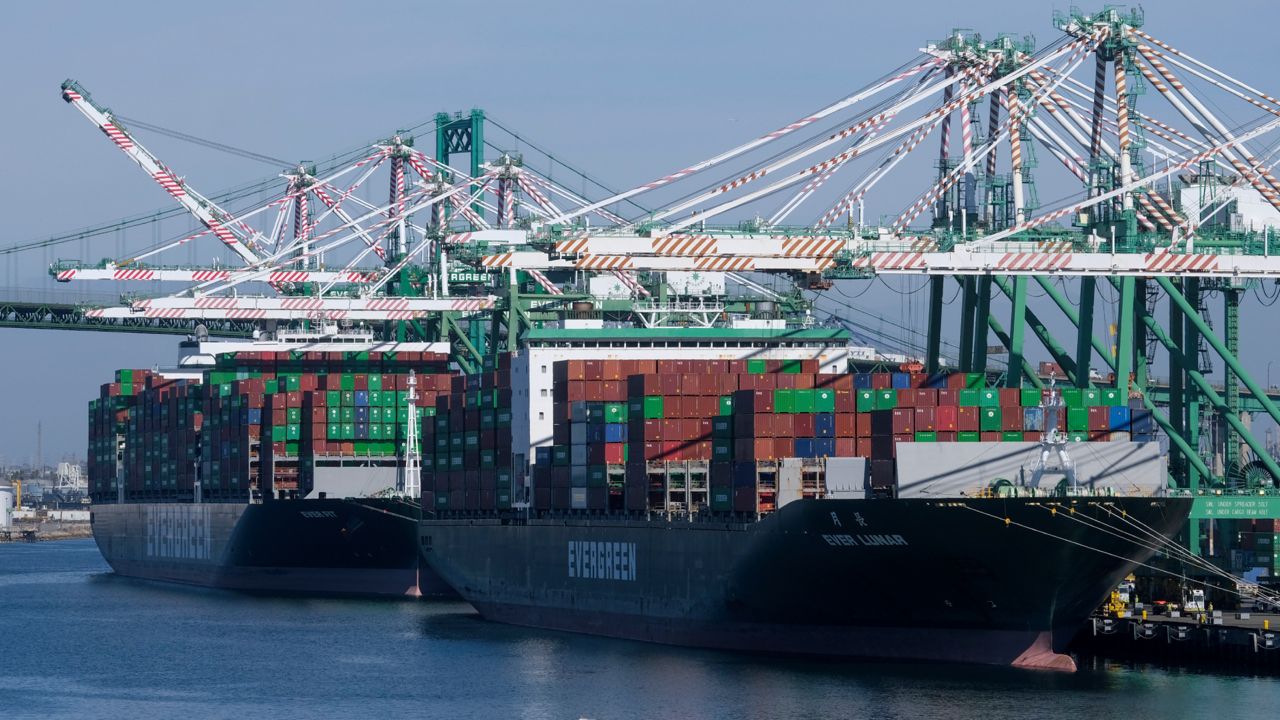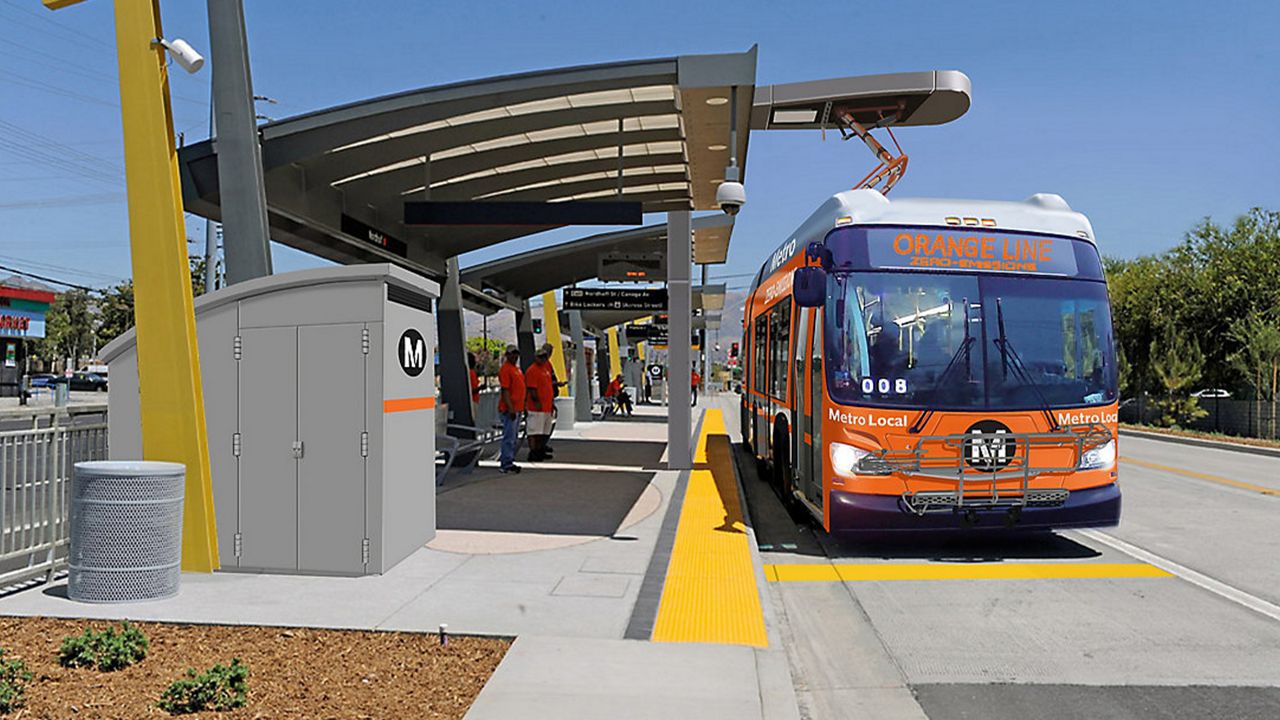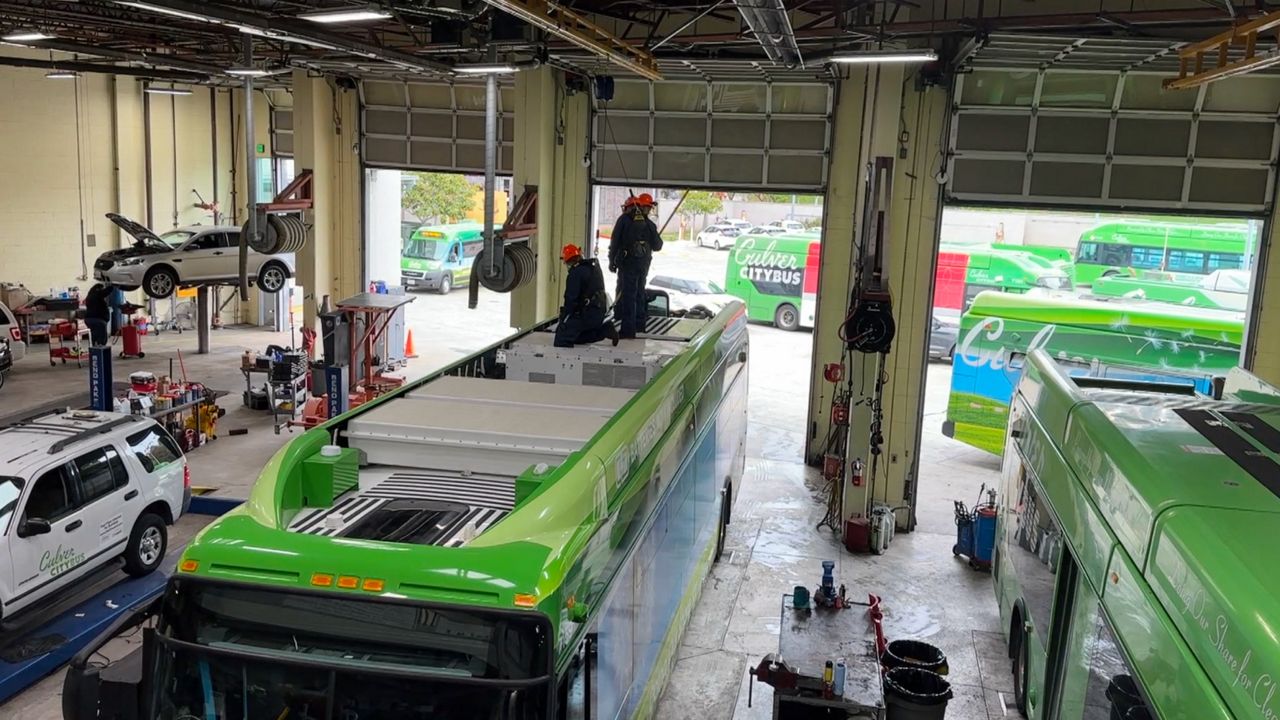EDITOR'S NOTE: Multimedia journalist Tara Lynn Wagner joined crews that placed soil over the Agoura Hills wildlife crossing and shared details about the project's milestone. Click the arrow above to watch the video.
AGOURA HILLS, Calif. — Construction crews began placing the first layers of soil over the surface of the Wallis Annenberg Wildlife Crossing over the Ventura (101) Freeway Monday.
Beginning at 7 a.m., crews began installing soil on what will become a nearly 1-acre native wildlife habitat stretching across 10 lanes of the freeway in Agoura Hills. Covering the entire crossing will require about 6,000 cubic yards of soil and take several weeks to complete.
Work on the crossing began on Earth Day 2022 and is scheduled to be completed in 2026.
"It's not just the environmental nomenal component of this project, it's the human cost," Robert Rock of Rock Design and Associates, told a local news station, noting that vehicle-wildlife collisions are a multimillion-dollar problem. "Crossings like this help to solve that issue."
Once finished, the crossing will be the largest bridge of its kind in the world, and a global model for urban wildlife conservation, according to the National Wildlife Federation, America's largest conservation organization.
Officials described Monday's work as a milestone. The effort required close collaboration with soil scientists, biologists, engineers and mycologists who selected the best soil and beneficial fungi for the bridge.
Rock said "an entire soil profile" was developed for the crossing, to accommodate everything from microbial activity all the way up to the apex predator. He told the outlet there will be various soil depths and some rock habitats on the bridge.
After the soil is placed, the next leg of work is expected to be done in May, which includes planting about 5,000 native plants that will grow into a habitat for mountain lions, deer, bats, desert cottontails, bobcats, native birds and monarch butterflies, among others.
According to the NWF, coastal sage scrub plant species native to the Santa Monica Mountains will fill much of the bridge. It's part of a broader ecological restoration strategy that will revitalize an additional 12 acres of open space that requires 50,000 native plants, trees, shrubs and perennials.
Over the last three years, the wildlife crossing's dedicated native plant nursery has hand-picked more than 1.1. million hyper-local native seeds, representing more than 50 distinct native plant species in the Santa Monica Mountains.
Nursery staff have also started growing plants and tree species such as coast live oak trees, valley oak, toyon, ceanothus, several sages, California buckwheat and the flowering penstemon, among others.
Native vegetation will help reduce fire risk and better support wildlife. Crews are expected to implement a full irrigation and sprinkler system as part of the crossing.
The nursery is overseen by the landscape architecture company, Rock Design & Associates, with aid from experts from the Santa Monica Mountains Fund, the National Park Service, Caltrans, and the Mountains Recreation and Conservation Authority.











